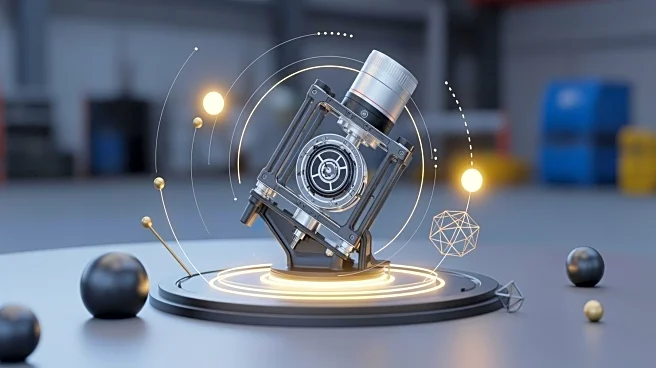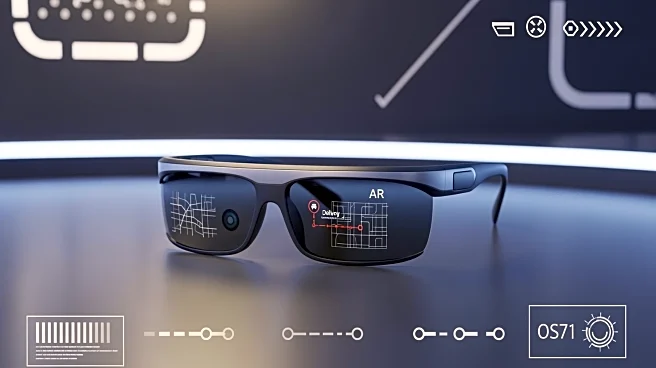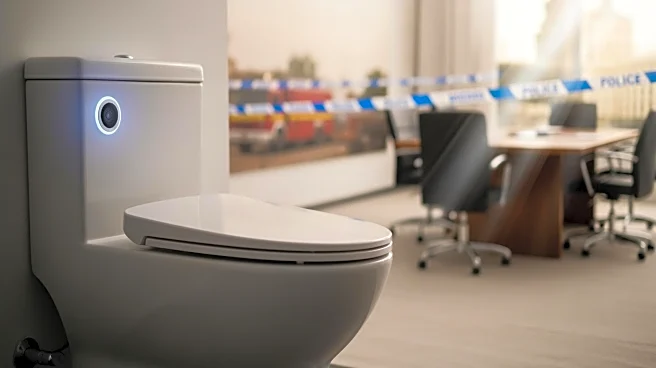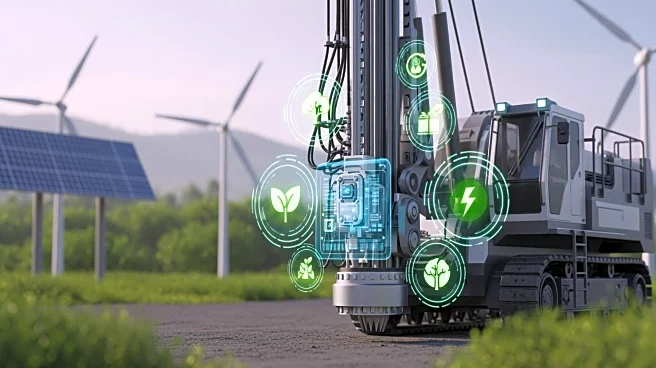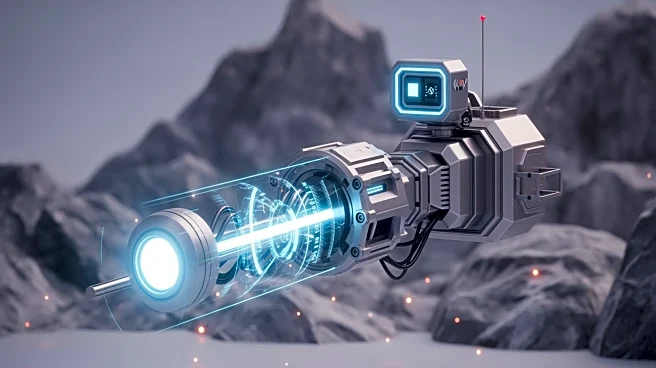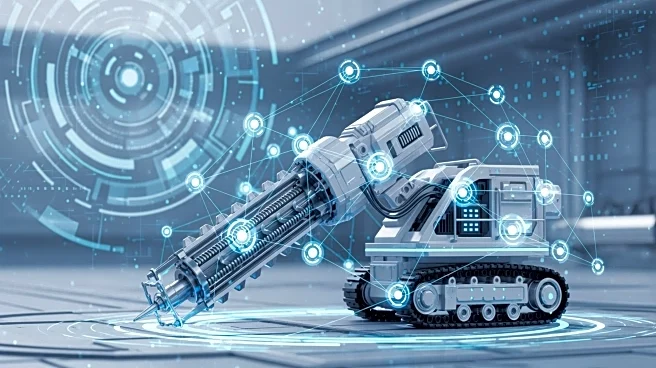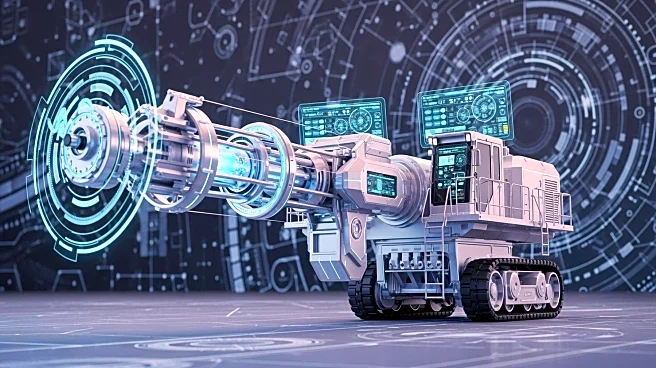What's Happening?
Worldsensing has introduced its latest innovation, the G7 Tiltmeter, at the Tech Exchange EMEA. This new device is a 3-axis wireless tool designed to monitor ground movement and structural integrity, providing significant flexibility and autonomy in challenging
environments. The G7 Tiltmeter features multiple operational modes, including an energy-efficient trigger-based mode and an event detection mode that delivers real-time alerts with latency under two seconds. These capabilities support a new class of event-driven applications across industries such as railway infrastructure, mining, and geotechnical monitoring. Key features include triggered measurements, extended battery life of up to 10 years, environmental awareness through built-in sensors, and flexible connectivity options. The device is designed to enhance operational efficiency and safety in complex monitoring environments.
Why It's Important?
The introduction of the G7 Tiltmeter is significant for industries reliant on precise monitoring of structural integrity and ground movement, such as mining and infrastructure. By offering real-time alerts and extended battery life, the device promises to improve safety and operational efficiency, potentially reducing the risk of accidents and structural failures. This innovation aligns with the growing demand for smarter, more efficient remote monitoring solutions, which are crucial for managing complex projects that were previously considered too costly or challenging. The G7 Tiltmeter's capabilities could lead to broader adoption of advanced monitoring technologies, driving improvements in safety standards and operational practices across various sectors.
What's Next?
Following the launch, Worldsensing is expected to focus on demonstrating the real-world applications of the G7 Tiltmeter to potential clients and partners. The company may engage in further collaborations to integrate this technology into existing monitoring systems across different industries. Stakeholders in mining and infrastructure sectors might evaluate the device's performance in pilot projects, potentially leading to wider implementation. Additionally, the success of the G7 Tiltmeter could spur further innovations in remote monitoring technologies, encouraging other companies to develop similar solutions to meet industry demands.
Beyond the Headlines
The G7 Tiltmeter's launch highlights a broader trend towards the integration of advanced technologies in traditional industries. This shift not only enhances operational capabilities but also raises questions about data security and the ethical use of monitoring technologies. As industries become more reliant on real-time data, ensuring the privacy and security of this information will be crucial. Furthermore, the adoption of such technologies may lead to changes in workforce dynamics, as companies might require employees with new skill sets to manage and interpret complex data from these advanced monitoring systems.
